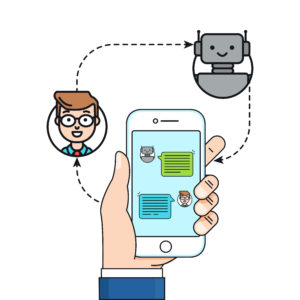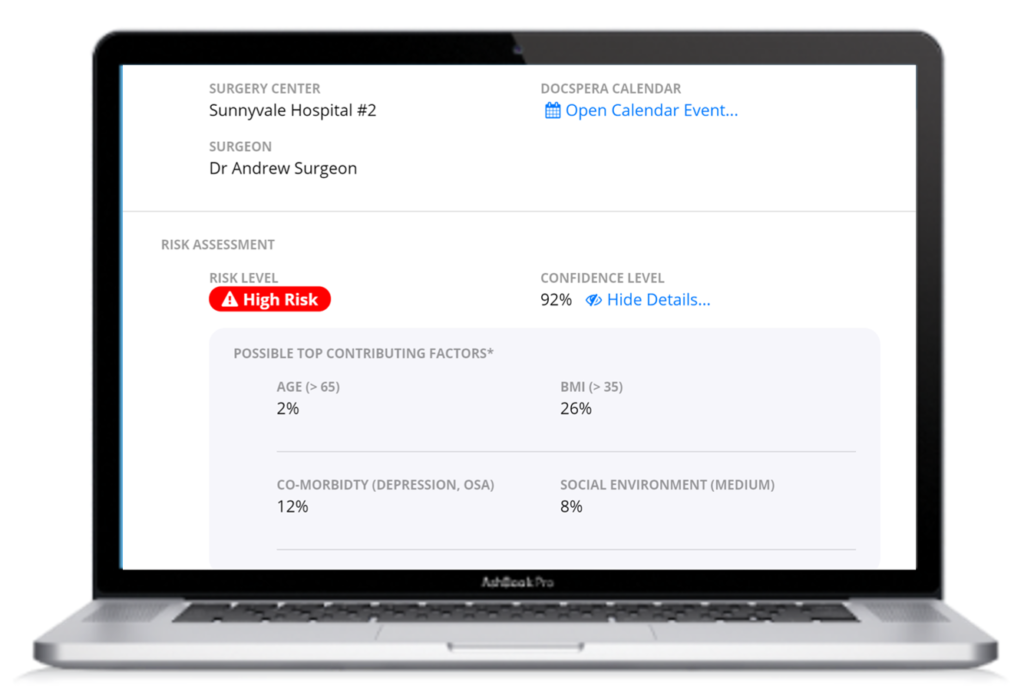With no sure solution in sight, a new method of patient care is attempting to adapt to the existing environment.
Finding a four-leaf clover in a 10-acre field might prove easier than finding someone who isn’t yet fed up with robocalls. By some reports, nearly 50 billion robocalls were placed in 2019 alone. While that phony credit card call might seem like a minor nuisance when it happens at the individual level, the impact is magnified when it happens to practices, surgery centers and hospitals.
According to the Washington Post, Tufts Medical Center received over 4,500 calls in a 2 hour period on April 30th, 2018. That’s about 1 inbound robocall every 1.5 seconds. However, since this is a medical center, these calls can’t just be ignored. Staff members need to pick up each call in the event there’s a real human on the line in need of assistance. This not only wastes worker resources, but it also creates a scenario where a caller in need of assistance might face a busy signal for hours.
At the same time, robocalls have conditioned patients to ignore calls from numbers not stored in their phones. A medical specialist attempting to schedule a visit for a referral from a primary physician will likely be initially ignored. Even if a voicemail is left on the patients answering service, it’s not guaranteed anyone will listen to a message from an unknown number. This can then lead to delayed communications or missed appointments and reminders.
Congress has tried for years to find a solution without much luck. Recently, the TRACED Act was passed by both houses and signed into law on December 30th, 2019. It essentially places the burden of stopping robocalls on the shoulders of phone carriers, while giving the FCC some extra teeth in fighting offenders. Some believe the call scam will evolve to circumvent these new laws or robocall centers will move to countries outside of US jurisdiction.
A recent solution in the market attempts to limit the negative effects of robocalls by essentially adapting to their existence. Patient Automated Texting (PAT) is a solution that leverages the findings from a recent study in the Journal of Bone and Joint Surgery (JBJS). Rather than depending on human staff members to remind patients of upcoming visits, check in on a patient’s progress, or answer a phone call regarding a common question, PAT redirects those tasks to a smart text messaging service instead. The service keeps patients on track with adherence and also provides answers to commonly asked patient questions. Essentially, PAT channels patients away from phone call communications and limits the need for unimportant staff interactions.
PAT can be viewed as a solution that eliminates a significant amount of call volume, both inbound and outbound. As a result, a practice’s reliance on phone calls as a primary means of communication is lessened. The burden is shifted to text messaging capabilities to handle the more common questions asked of patients. It’s key to point out that phone calls can be ignored, but text messages are typically reviewed by their recipients. While PAT won’t stop robocalls from happening altogether, it will ensure a patient’s care path is followed even when staffing resources are stretched thin.
If you’re interested in learning more about PAT, click here to drop us a quick note.

